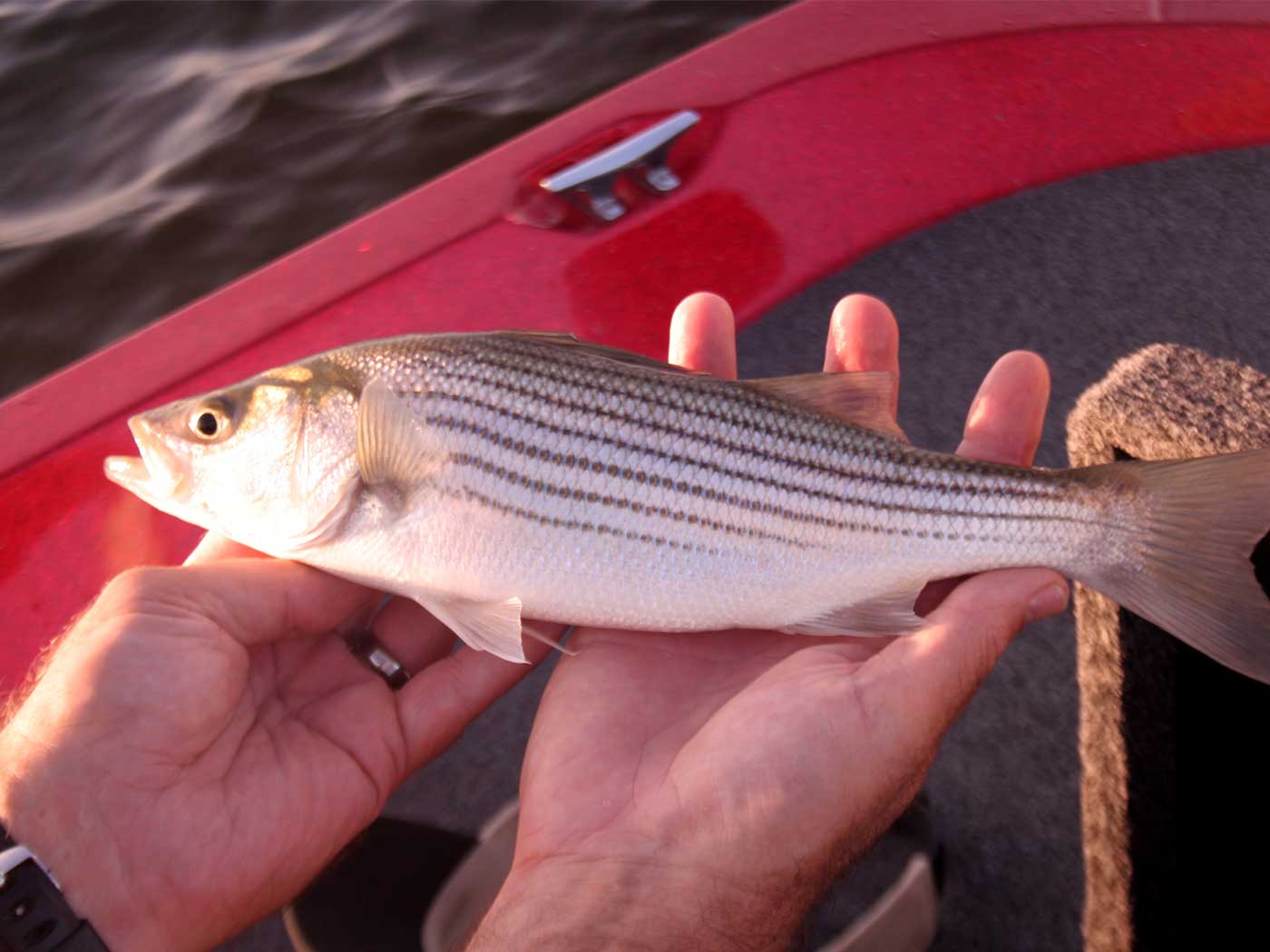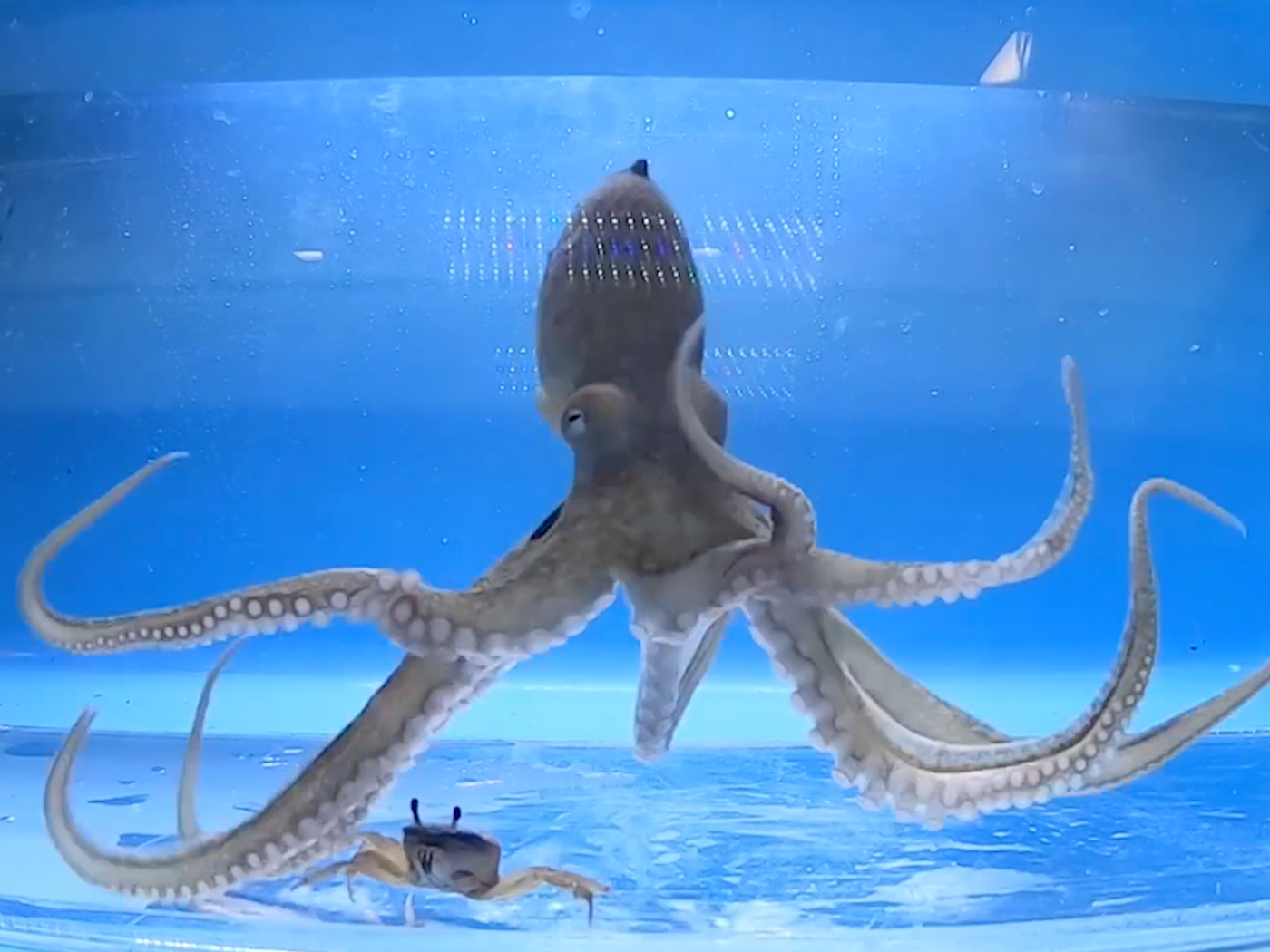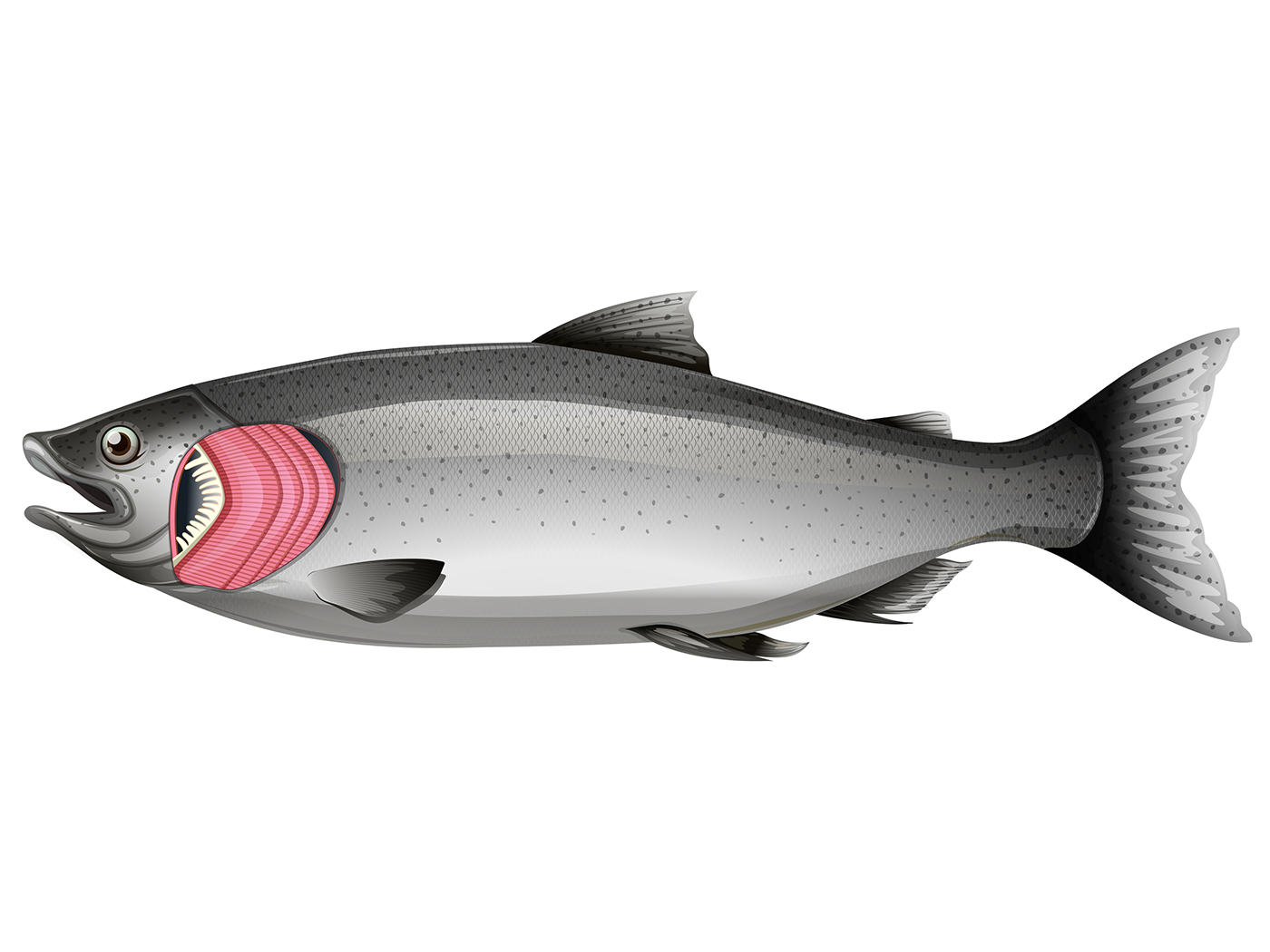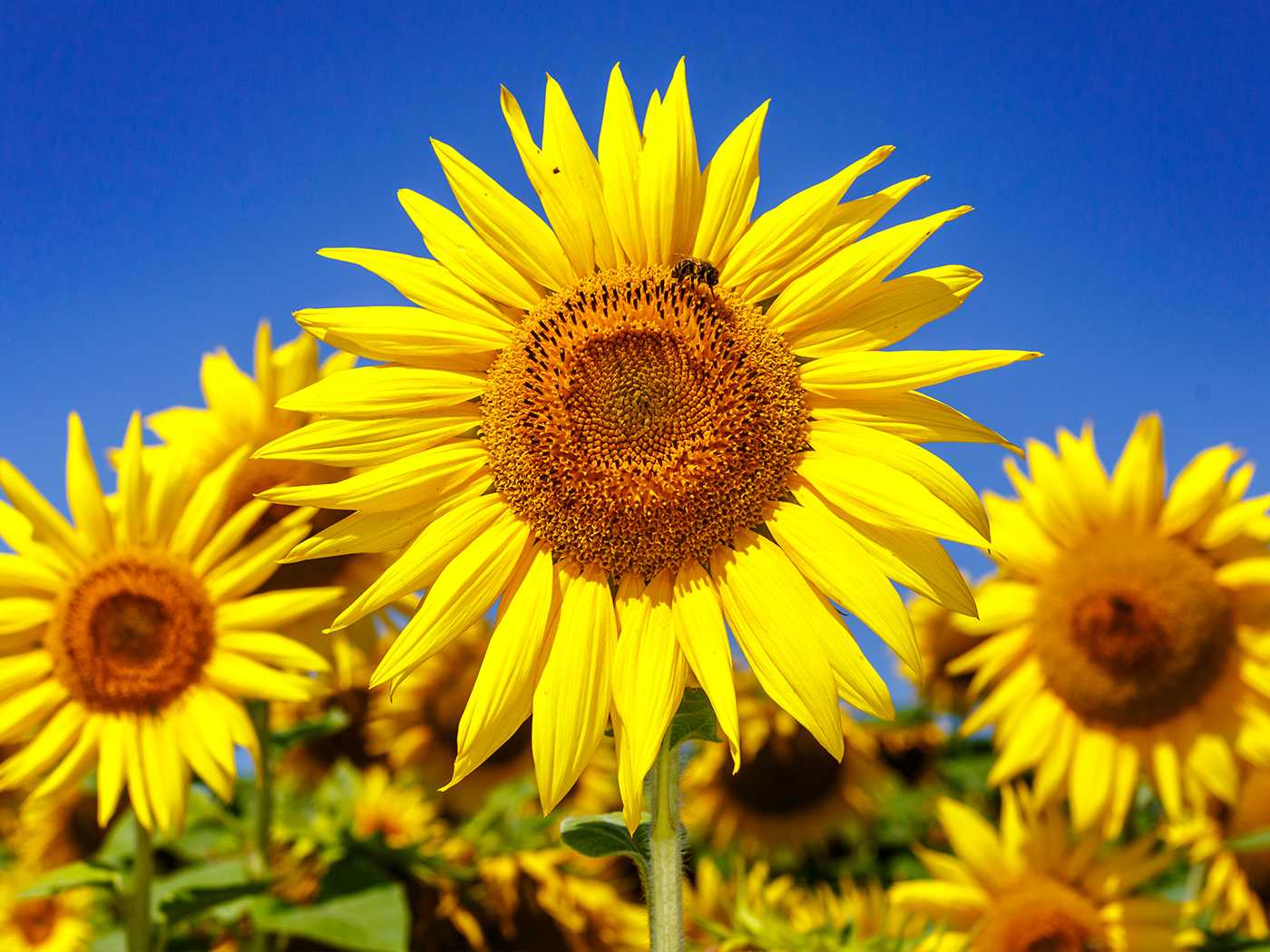Flowers are as beautiful as they are complex. Flowers (Anthophyta) are designed with a receptacle (axis) upon which are found the carpel (ovary, style stigma) and stamen (filament and anther). The petals provide colorful aesthetic value while nectar guides within the petals can only be seen by pollinating insects that are able to see in the ultra-violet range.
The ongoing puzzle for evolutionary botanists is the origin of the flowering plants, an “abominable mystery” to Charles Darwin.1 In addition, they ask how the flowering plants evolved such great diversity so rapidly?
Through the decades, one-hundred percent flowering plant fossils (as opposed to non-flowering) have been discovered in the sedimentary rocks such as a “145 million-year-old” perfect flower (Euanthus) in China in 2016.2
In November 2021, it was reported the discovery of Florigerminis jurassica, a “164 million-year-old” fossil composed of the flower bud, fruiting body, and leafy branch—all in excellent condition.3 How does this discovery help answer the centuries-old mystery of flowering plant origin? Indeed, Cui et al stated, “Florigerminis jurassica underscores the presence of angiosperms in the Jurassic [over “145 million-years-ago”] and demands a re-thinking on angiosperm [flowering plants] evolution.”2 Traditionally, the discovery of a fossil flowering plant is accompanied by cautious statements such as “could be the answer to flower evolution” or “could be the transitional stage”—but they are just flowers with no indication as to how they evolved from a non-flowering plant.
So, this finding hardly eases the pain of the centuries-old enigma of flowering-plant origin. It simply pushes their origin lower in the geologic column. Creationists maintain this evidence points to creation: the first flowering plants are well-designed to move in and fill niches and multiply after their kind.
No wonder evolutionists continue to say, “How flowers came to be has been an intensely debated mystery.”4
Seed-bearing plants were created thousands of years ago at the beginning of Day 3 of the creation week.5
References
1. Tomkins, J.P. and T. Clarey. 2018. Darwin's Abominable Mystery and the Genesis Flood. Acts & Facts. 47 (6).
2. Liu, Z. and X. Wang. 2016. A perfect flower from the Jurassic of China. Historical Biology. 28(5): 707-719.
3. Cui, D. et al. 2021. Geological Society London Special Publications. A Jurassic flower bud from the Jurassic of China.
4. Fu, Q. et al. 2018. An unexpected noncarpellate epigynous flower from the Jurassic of China. eLife.
5. Genesis 1:11-13.
Image: Florigerminis jurassica
Image Credit: Copyright © NIGPAS. Used in accordance with federal copyright (fair use doctrine) law. Usage by ICR does not imply endorsement of copyright holder
*Dr. Sherwin is Research Scientist at the Institute for Creation Research. He earned an M.A. in zoology from the University of Northern Colorado and received an Honorary Doctorate of Science from Pensacola Christian College.
Oldest Fossil Flower Bud and Branch Discovered
The Latest
Marine Fossil Tapeworm Is Still a Tapeworm
The Flood was both sudden and rapid. The burial of creatures—including delicate plants and soft-bodied animals like jellyfish1—occasionally...
CREATION.LIVE PODCAST
Ask, Seek, and Find with Dr. Brown | Creation.Live Podcast: Episode...
What is truth? Is truth absolute? Is it malleable as sensibilities and cultures shift?
Hosts Trey and Lauren are joined by Dr. Michael Brown to discuss...
The Golden Numbers
Evolutionists theorize that the universe came into being through random means. Fundamentally, randomness lacks symmetry since the very concept of symmetry...
Scientists Question Foundational Big Bang Assumption
In April 2024, some of the world’s leading cosmologists convened at the Royal Society in London to question the cosmological principle—the...
Moroccan Dinosaurs in Marine Rocks, Too
Two recent papers by paleontologist Nicholas Longrich and his colleagues describe some unexpected findings in phosphate mines of northern Morocco.1,2...
CREATION PODCAST
Ernst Haeckel: Evolutionary Huckster | The Creation Podcast:...
Ernst Haeckel, a German Zoologist, is famous for developing a series of images of embryos in development called Anthropogenie. These images,...
Bees Master Complex Tasks Through Social Interaction
Bees are simply incredible.1,2 These little furry fliers challenge the very foundation of Darwinism in many diverse ways.
Bees have been...
The Tail of Man’s Supposed Ancestors
Although it has been known for decades and despite insistence to the contrary from the evolutionary community, man—Homo sapiens—has never...
When Day Meets Night—A Total Success!
The skies cleared above North Texas on Monday, April 8, for a spectacular view of the 2024 Great American Solar Eclipse. Hundreds of guests joined...
The Sun and Moon—Designed for Eclipses
Before discovering thousands of planets in other solar systems, scientists tended to assume that other solar systems would be very similar to our own....






















